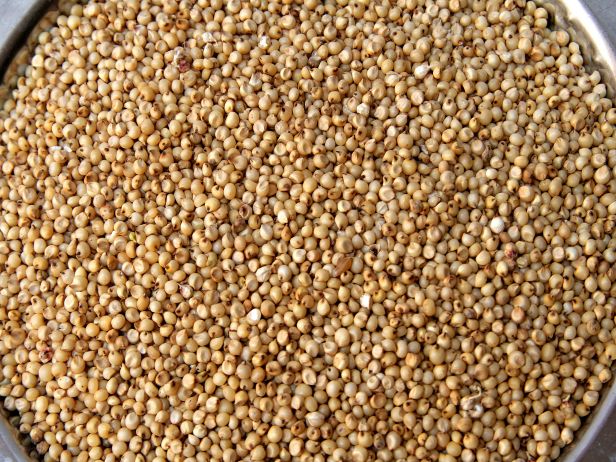
This gluten-free whole grain has been gaining popularity. But did you know that worldwide only about 50 percent of sorghum is used as food for humans? That’s a shame, since sorghum has so many nutritional benefits. Here’s more information about this whole grain, and ways you can try it at home.
What’s Sorghum?
Also called milo, this ancient grain is thought to have originated in Africa. It is believed to have arrived in America through the slave trade from Africa in the 19th century.
Sorghum is the fifth most-important cereal crop in the world, because it can grow in areas with little or no water. With only 50 percent of sorghum going to humans, the rest is used for animal feed or to produce biodegradable packing materials.
With the demand for gluten-free grains rising in the United States, more sorghum is being used to create these food products. Today, different varieties are grown throughout the world in locations including India, Micronesia, North America and Latin America.
Sorghum kernels vary in color from white to yellow to deep red to brown. This whole grain can also be ground into flour, which has a neutral to sweet flavor and has a light color.
Nutrition Lowdown
One quarter cup of dry sorghum provides 158 calories, 5 grams protein, 35 grams carbohydrates and 3 grams fiber. It’s also a good source of iron, providing about 12 percent of the daily recommended amount.
Sorghum doesn’t have an inedible outer layer like many other grains. This means the outer layer with all of its good-for-you nutrients can be eaten, and is just another benefit of this ancient grain. One compound found in the natural wax surrounding the grain is called policosanols, thought to help lower cholesterol.
In the Kitchen
Sorghum kernels can be popped into popcorn, only it comes out slightly smaller than its corn counterpart. Sorghum grains are cooked similar to rice, combined in a 1:3 ratio of grain to liquid (like stock or water).
Sorghum flour is a good substitute for wheat flour in baked recipes like muffins, cookies, cakes, pies and cakes. Oftentimes you will need to incorporate a binder like xanthan gum or cornstarch, since wheat flour isn’t being used. Start by trying 1/2 teaspoon xanthan gum per 1 cup sorghum flour. Try your hand at these Gluten-Free Chocolate Devil’s Food Cupcakes using sorghum flour.
Or use it whole in this Sorghum Salad with Sprouted Lentils.
Read more: The Latest Hot Crop: Sorghum : Food Network | Healthy Eats – Food Network Healthy Living Blog

